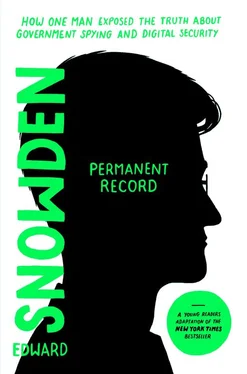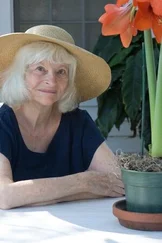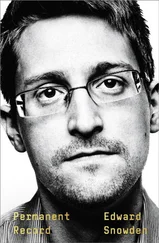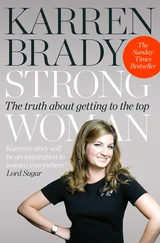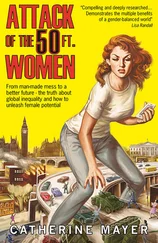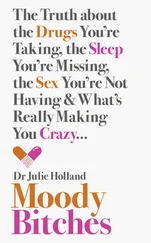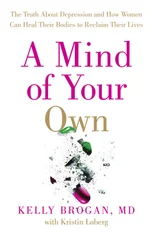Nothing is harder than living with a secret that can’t be spoken. Lying to strangers about a cover identity or concealing the fact that your office is under the world’s most top secret pineapple field might sound like it qualifies, but at least you’re part of a team: Though your work may be secret, it’s a shared secret, and therefore a shared burden. There is misery but also laughter.
When you have a real secret, though, that you can’t share with anyone, even the laughter is a lie. I could talk about my concerns, but never about where they were leading me. To the day I die I’ll remember explaining to my colleagues how our work was being applied to violate the oaths we had sworn to uphold, and their response: “What can you do about it?”
I hated that question, its sense of resignation, its sense of defeat, but it still felt valid enough that I had to ask myself, Well, what?
When the answer presented itself, I decided to become a whistleblower. Yet to breathe to Lindsay, the love of my life, even a word about that decision would have put our relationship to an even crueler test than saying nothing. Not wishing to cause her any more harm than I was already resigned to causing, I kept silent, and in my silence I was alone.
I thought that solitude and isolation would be easy for me. Hadn’t each step of my life served as a kind of preparation? Hadn’t I gotten used to being alone after all those years spent in front of a screen? But I was human, too, and the lack of companionship was hard. I had everything I’d ever wanted—love, family, and success far beyond what I ever deserved. The easiest thing should have been to follow the rules.
And even if I was already reconciled to my decision—to risk everything to expose the truth—and the dangers that came with it, I wasn’t yet adjusted to the role. After all, who was I to put this information in front of the American public? Who’d elected me the president of secrets?
The information I intended to disclose about my country’s secret regime of mass surveillance was so explosive, and yet so technical, that I was as scared of being doubted as I was of being misunderstood. That was why my first decision, after resolving to go public, was to go public with the agency’s actual files—as many as necessary to expose the scope of the abuse, though I knew that disclosing even one PDF would be enough to earn me prison.
It was clear to me that some person or institution had to vouch for the documents. Cooperating with some type of media organization would defend me against the worst accusations of rogue activity and correct for whatever biases I had. I didn’t want any political opinion of mine to prejudice anything.
Lindsay had spent years patiently instilling in me the lesson that my interests and concerns weren’t always hers. That just because I shared my knowledge didn’t mean that anyone had to share my opinion. Not everybody who was opposed to invasions of privacy might be ready to drop off the internet entirely. Lindsay was my key to unlocking this truth—that diverse motives and approaches can only improve the chances of achieving common goals. She, without even knowing it, gave me the confidence to reach out to other people.
But which people? Who? I knew that the story the NSA documents told about a global system of mass surveillance deployed in the deepest secrecy was a difficult one to understand. It was a story so tangled and technical that I was increasingly convinced it could not be presented all at once in a “document dump.” Journalists, preferably from multiple independent press institutions, needed to carefully and patiently review everything.
I knew at least two things about the members of the press: They competed for scoops, and they knew very little about technology. It was this lack of expertise or even interest in tech that largely caused journalists to miss two events that had stunned me during the course of my fact gathering about mass surveillance.
The first was the NSA’s announcement of the construction of a vast new data facility in Bluffdale, Utah. The facility was projected to contain a total of four twenty-five-thousand-square-foot halls, filled with servers. It could hold an immense amount of data. The only prominent journalist who seemed to notice the announcement was James Bamford, who wrote about it for Wired in March 2012. But no one asked what, to me, were the most basic questions: Why does any government agency, let alone an intelligence agency, need that much space? What data, and how much of it, do they really intend to store there, and for how long? Because there was simply no reason to build something like that unless you were planning on storing absolutely everything, forever.
The second event happened one year later, in March 2013—no so-called mainstream publication covered a rare public appearance by Ira “Gus” Hunt, the chief technology officer of the CIA. The CIA had finally decided to sign a ten-year, 600-million-dollar cloud development and management deal with Amazon. So I made sure to catch Gus’s appearance, because I was curious whether he might offer any insight into why Amazon had been chosen.
I got insight, certainly, but of an unexpected kind. I had the opportunity to witness the highest-ranking technical officer at the CIA brief a crowd about the agency’s ambitions and capacities.
“At the CIA,” he said, “we fundamentally try to collect everything and hang on to it forever.” As if that wasn’t clear enough, he went on: “It is nearly within our grasp to compute on all human generated information.” The underline was Gus’s own.
Gus would later explain to the journalists in the room that the agency could track their smartphones, even when they were turned off—that the agency could surveil every single one of their communications. He said, “Technology… is moving faster than government or law can keep up. It’s moving faster… than you can keep up: You should be asking the question of what are your rights and who owns your data.”
The lesson I took from this was that for my disclosures to be effective, I had to do more than just hand some journalists some documents. I had to become their partner, to provide the technological training and tools to help them do their reporting accurately and safely. That would mean committing one of the capital crimes of intelligence work: I would be aiding and abetting an act of journalism. American law makes no distinction between providing classified information to the press in the public interest and providing it, even selling it, to the enemy.
Given the risks I was taking, I needed to identify people I could trust who were also trusted by the public. Above all, I had to be sure that whoever I picked wouldn’t ultimately cave to power when put under pressure.
One journalist, one publication, even one country of publication wouldn’t be enough. Ideally, I’d give each journalist their own set of documents simultaneously, leaving me with none. This would shift the focus of scrutiny to them and ensure that even if I were arrested, the truth would still get out.
As I narrowed down my list of potential partners, I realized my best options would be journalists whom the national security state had already targeted.
Laura Poitras I knew as a documentarian, primarily concerned with America’s post-9/11 foreign policy. She had been frequently harassed by the government because of her work, repeatedly detained and interrogated by border agents whenever she traveled in or out of the country.
Glenn Greenwald I knew as a columnist for the US edition of the British Guardian newspaper. I liked him because he was skeptical and argumentative. Ewen MacAskill of the British edition of the Guardian and Bart Gellman of the Washington Post would also later prove steadfast partners (and patient guides to the journalistic wilderness).
Читать дальше
